October 24th marks International Gibbon Day. The special day is all about the adorable lesser apes, who are also called "jungle acrobats" because of their superb mobility. Did you know that they are excellent singers too?
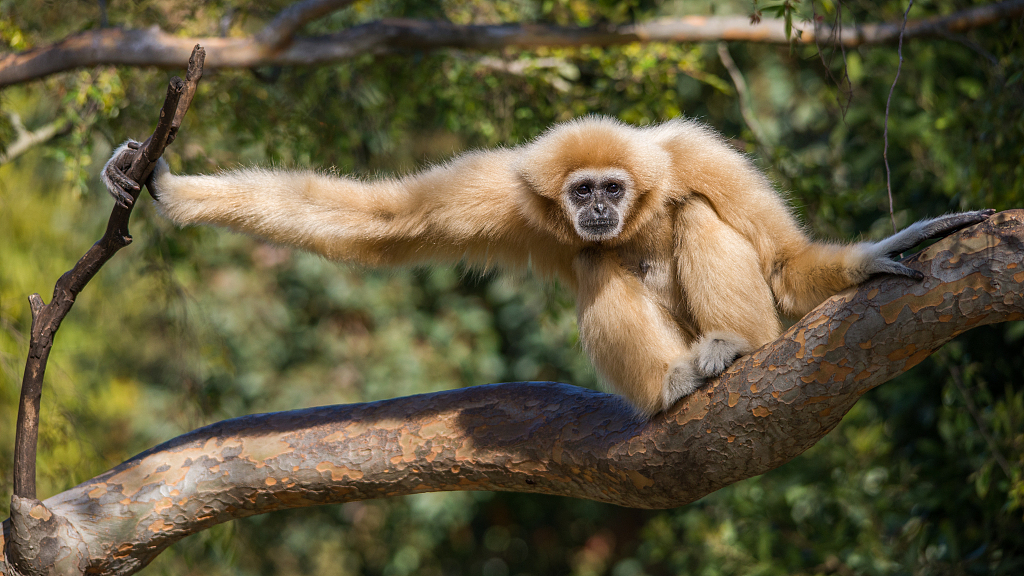
Happy International Gibbon Day! /VCG Photo
Happy International Gibbon Day! /VCG Photo
There are a total of 18 species of gibbons, all endemic to southern Asia. China has seven of them, including a new species, the Skywalker hoolock gibbon, which was first described in 2017. Several gibbon species are named after Chinese provinces like Yunnan and Hainan.
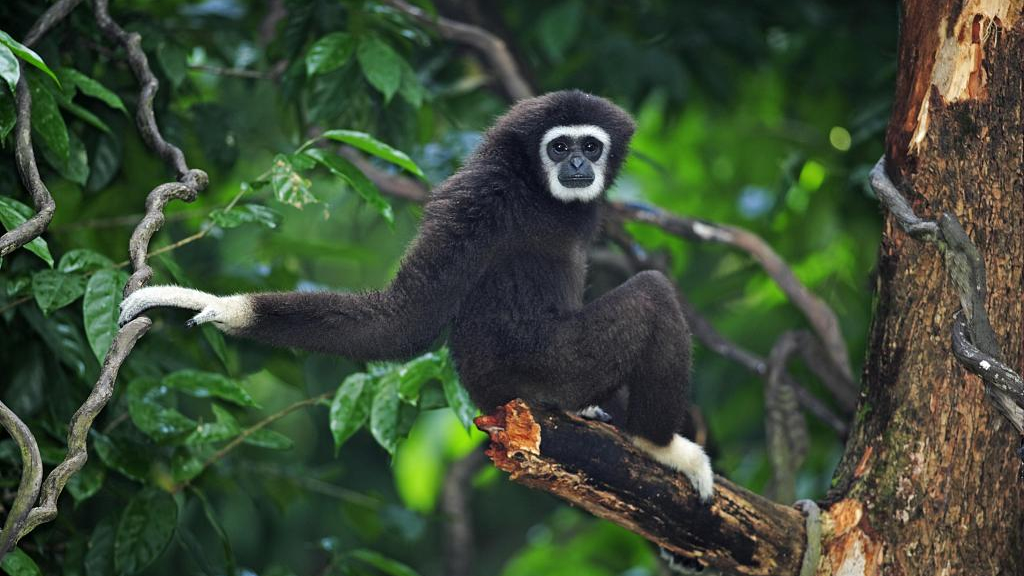
The gibbon family has 18 species, all native to Asia. /VCG Photo
The gibbon family has 18 species, all native to Asia. /VCG Photo
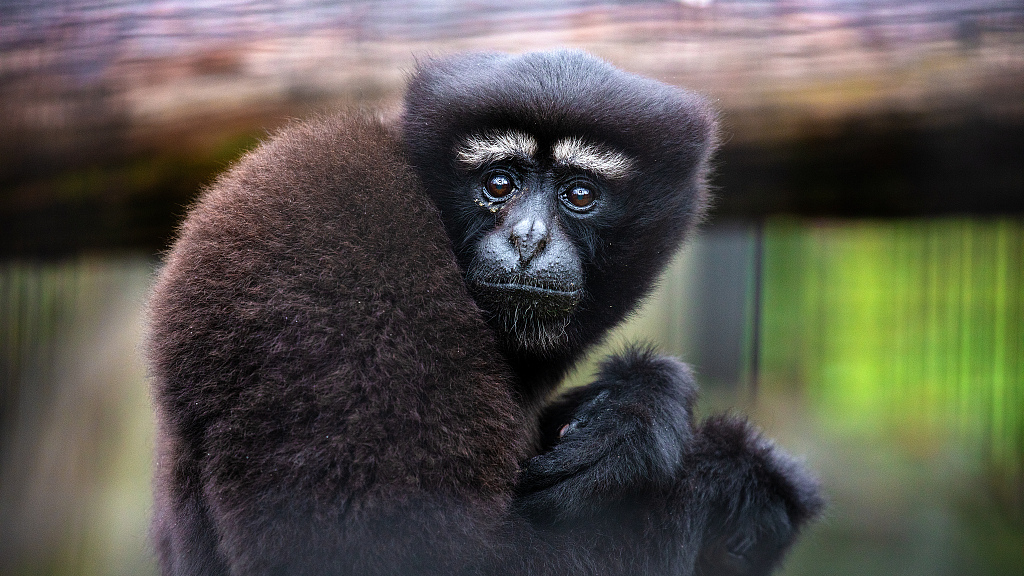
Hoolock gibbon. /VCG Photo
Hoolock gibbon. /VCG Photo
As the only member of the lesser ape, the gibbon is more similar to monkeys than great apes (orangutans, gorillas, chimpanzees, and humans). The most distinctive difference between apes and monkeys is the tail. The gibbon, like all other apes, has no tail. But do not worry about how it keeps balance on the tree: The gibbon is a fantastic athlete and acrobat.

Gibbons are great acrobats in the forest. /VCG Photo
Gibbons are great acrobats in the forest. /VCG Photo
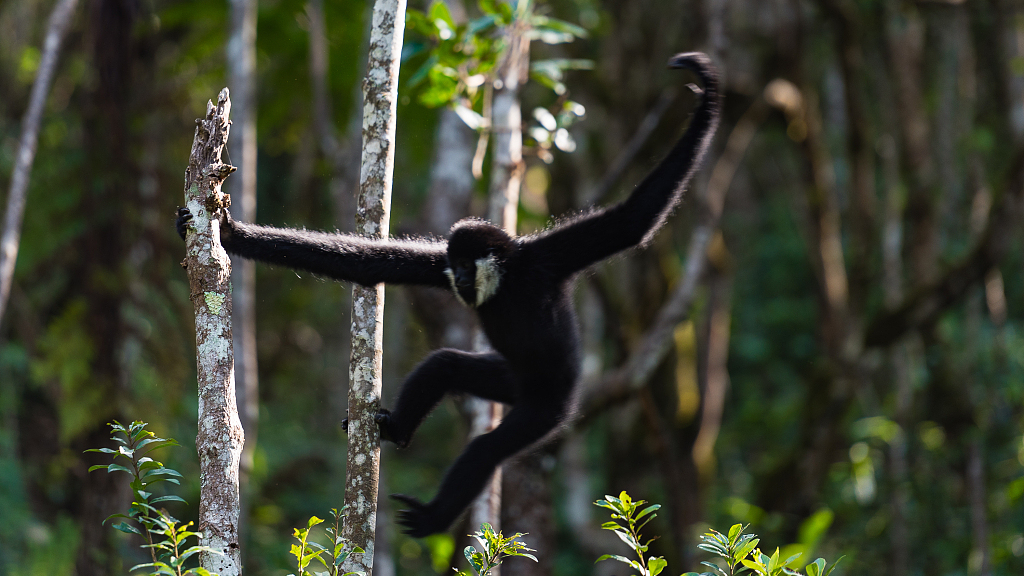
White cheeked gibbon. /VCG Photo
White cheeked gibbon. /VCG Photo
The gibbon moves in the jungle by swinging from branch to branch for distances of up to 15 meters at 55 km/h. It can also make leaps of up to eight meters, and walk with their arms raised for balance. In fact, the gibbon is the fastest and most agile of all tree-dwelling, nonflying mammals.

Swinging between branches is the gibbon's main method of moving around. /VCG Photo
Swinging between branches is the gibbon's main method of moving around. /VCG Photo
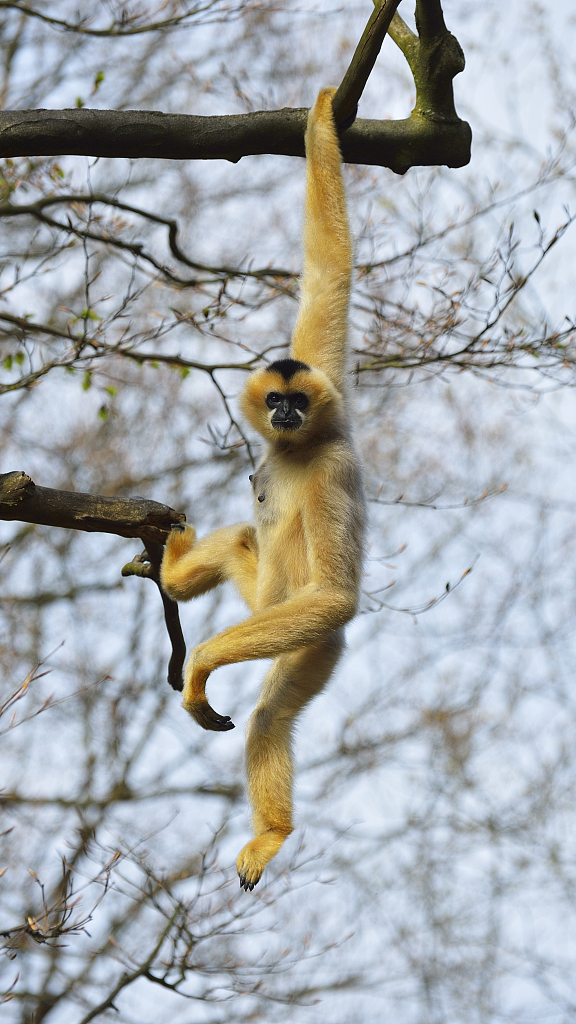
The way the gibbon moves has even inspired Chinese kung fu. /VCG Photo
The way the gibbon moves has even inspired Chinese kung fu. /VCG Photo
The coolest thing about the gibbon is that it can sing. Though it stands at only half of a man's height, its voice can be louder than any man. Gibbon songs can be heard from as far as one kilometer away. Gibbon couples sing a duet to form family bonds, while single gibbons sing to attract their Mr or Mrs Right. Each species of gibbon, or even each group of them, has specific songs.
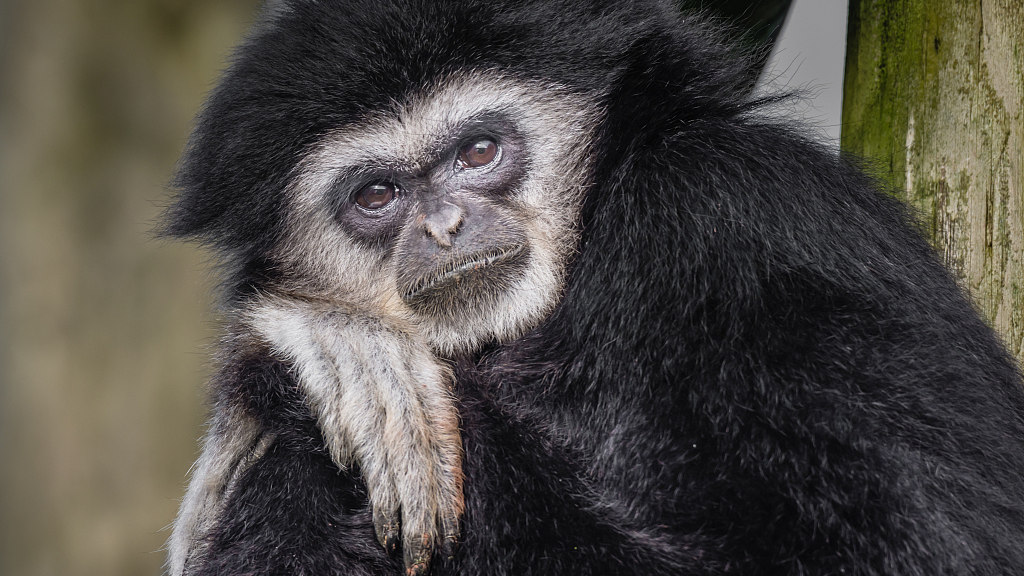
White-handed gibbon. /VCG Photo
White-handed gibbon. /VCG Photo
Ancient Chinese poets loved the gibbon songs, believing the songs brought up nostalgia and complex feelings. The gibbons used to inhabit a wider area in central China, but their habitats have now shrunk to just the south.

Females and babies usually have yellow fur. /VCG Photo
Females and babies usually have yellow fur. /VCG Photo
According to the IUCN Red List of Threatened Species, almost all gibbon species are endangered, and four of them are assessed as "critically endangered" due to degradation or loss of their forest habitats. Luckily, the environment in China is improving to ensure a safe home for the apes. Many volunteers are also working to rescue these terrific singers too.
(Cover image via VCG)
(If you want to contribute and have specific expertise, please contact us at nature@cgtn.com.)